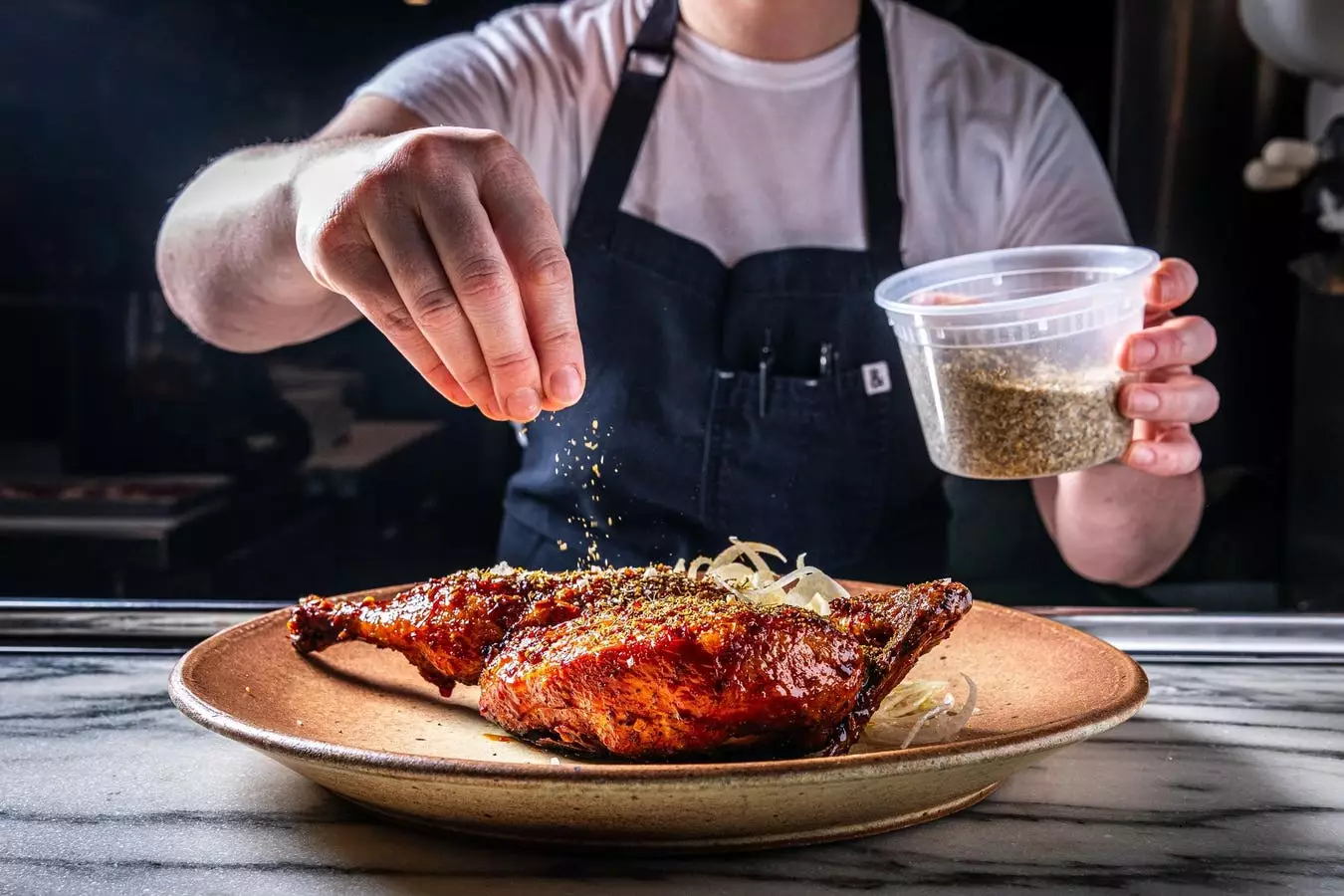Hot honey is undeniably the condiment of the moment, a spicy-sweet elixir that’s transforming the culinary landscape across the US and UK. No longer relegated to obscure shelves or exclusive restaurants, this flavorful fusion has taken a vibrant seat on pizza, glazed over chicken wings, and even made its way into the snack aisle in forms as varied as hot honey pigs in blankets crisps. The condiment’s remarkable surge in popularity reflects more than just a passing food trend; it highlights a cultural shift in the way consumers engage with food.
The appeal of hot honey lies not only in its unique flavor but also in its versatility. It bridges the gap between savory and sweet, allowing for imaginative culinary applications. Picture the juxtaposition of creamy brie and the fiery kick of chili-infused honey or the indulgence of hot honey drizzled over desserts. This dynamic ingredient has proven that it can elevate a range of dishes, from gourmet fare to comfort food. The overall sentiment seems to be that food is not merely about sustenance; it’s an experience, and hot honey is delivering that in abundance.
While the modern hot honey craze appears novel, the concept isn’t entirely new. The blend of honey with heat can be traced back centuries, particularly in Brazilian cuisine, where spicy honey has long been utilized both in cooking and for medicinal purposes. However, the spotlight on this trend in popular culture can largely be attributed to entrepreneurs like Mike Kurtz, the founder of Mike’s Hot Honey. His venture began in 2010 in Brooklyn’s Williamsburg district and proved to be a catalyst for what would become a global phenomenon.
As Kurtz’s product gained attention, it infiltrated local restaurants and culinary markets, eventually becoming a trendy staple. Its successful journey can be likened to the origins of many food fads—starting with grassroots movements before being propelled into various media circles, culminating in viral trends that capture the public’s imagination.
The pivotal role of social media, specifically platforms like TikTok, cannot be understated in hot honey’s ascent to fame. With millions of views accumulating on posts categorized under #hothoney, the condiment quickly became a sensation, driving users to explore its culinary capabilities. The immediacy of social media has allowed passionate home cooks and chefs to innovate, showcasing creative applications that include everything from hot honey-glazed pastries to unexpected cocktails, amplifying its allure.
As grocery stores caught wind of this growing interest, they responded by stocking shelves with a myriad of hot honey products that cater to the consumer’s evolving taste. This rapid provision of products underscores an understanding that today’s consumer is looking for something beyond merely functional—hot honey embodies a sense of premium indulgence combined with everyday accessibility, making it a must-have item.
Hot honey’s rise is reflective of a broader evolution in global eating habits. In an age of increasing cultural cross-pollination, there is a growing demand for fusion foods that blend various culinary traditions. Hot honey fuses the longstanding tradition of sweetness found in honey with the vibrant heat of chili, making it not just an additive, but a representation of an innovative trend. This fusion speaks to the contemporary palate that seeks both novelty and familiarity, a duality that resonates deeply with today’s culinary landscape.
Additionally, the success of hot honey underscores consumers’ willingness to pay for artisanal products that offer a sense of sophistication without being elitist. Simple ingredients packaged attractively create a perception of luxury, and hot honey has effortlessly stepped into this role.
The Future of Hot Honey
Looking forward, the versatility and consumer enthusiasm for hot honey reveal its potential to linger in kitchens and restaurants alike well beyond its current trend status. As chefs and home cooks continue to experiment, the condiment is set to play a part in future culinary creations, ensuring it remains relevant and beloved in the culinary discourse.
Therefore, it’s clear that hot honey is more than just a passing fad; it’s solidifying its place as a staple in the modern kitchen, a desirable fusion of traditional sweetness and modern spice, patiently waiting to transform the next meal. As palates continue to expand and evolve, it will be exciting to see how hot honey features in future gastronomic explorations.


Leave a Reply